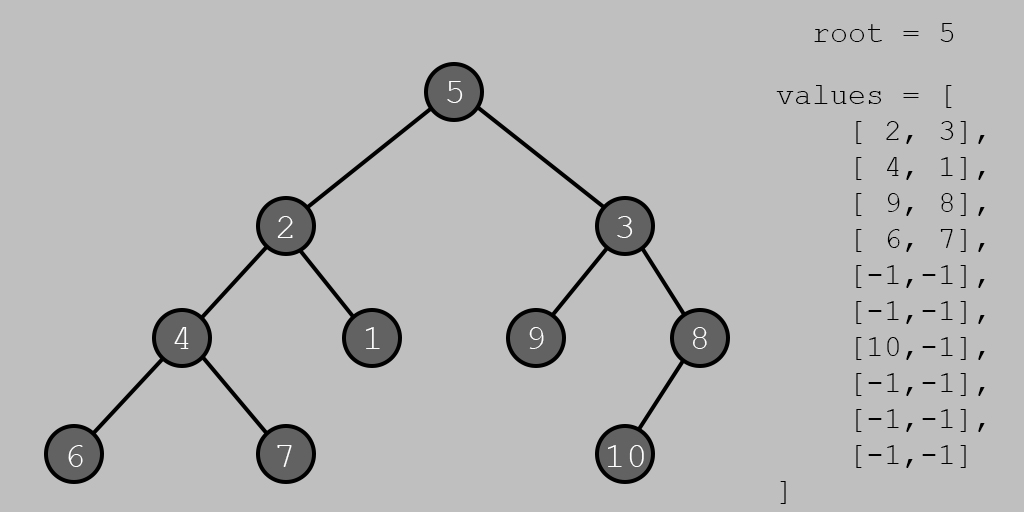A binary tree is basically a structure with nodes connected by edges. Each node has a maximum of two children, which are usually called as the left child node and the right child node. The first node of the tree is commonly referred to as the root.

The structure of our binary tree will be divided in 2 classes (Node and BinaryTree) and 1 builder function (BuildTree).

